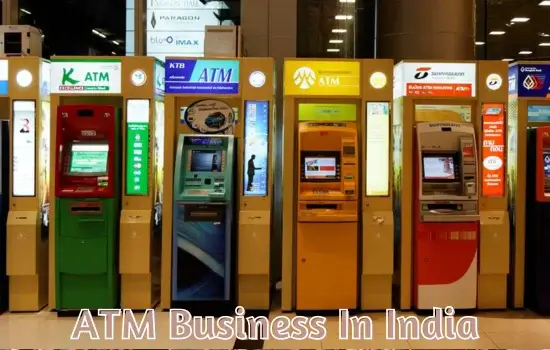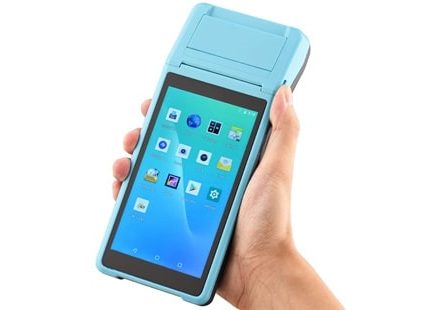Are you thinking about starting an ATM business in India? It’s a good idea because people need easy access to cash. First, check the rules from the Reserve Bank of India. Then, plan where to put your ATMs – busy places work best. Get the money you need, maybe from a bank loan. Partner with banks for cash and focus on security. Your ATM business can do well in India with a clear plan and simple locations.

1. Research and Planning:
Before you start:
- Do good research.
- Find spots with many people near banks, stores, and homes.
- Make a plan with your goals, who you want to help, and how much money you might make.
This helps you know where to put your ATMs and how to make your business successful.
2. Regulatory Compliance:
Know and follow the rules for setting up ATMs in India. The Reserve Bank of India (RBI) oversees ATM deployment, and you must get the required approvals and licenses. Stick to the rules about security, making ATMs easy to reach, and how they should operate.
3. Choose a Business Model:
Decide on the business model that aligns with your goals. Options include:
- Owning and operating your ATMs.
- Partnering with banks.
- Opting for a white-label ATM model.
Each has its advantages and challenges, so choose based on your resources and objectives.
4. Funding and Budgeting:
Calculate the initial investment required, covering costs like purchasing ATMs, installation, security measures, and ongoing operational expenses. Explore financing options, including bank loans or partnerships, to secure the necessary funds for your venture.
5. Selecting ATM Machines:
Choose reliable and secure ATMs from reputable manufacturers. Consider factors such as technology features, maintenance requirements, and compatibility with banking networks. Negotiate with suppliers for favorable terms and warranty agreements.
6. Location Selection:
Look for the best places for your ATMs based on your research. Talking to property owners or businesses and negotiating to secure good locations is important. Check that these spots follow the rules and are easy for everyone to access. This way, your ATMs can serve diverse users and be strategically placed for success. Taking the time to find suitable locations and ensuring compliance with regulations will contribute to your ATM business’s overall effectiveness and profitability.
7. Networking with Banks:
Establish partnerships with banks to facilitate seamless cash replenishment and maintenance services. Collaborate with multiple banks to diversify your network and reduce operational risks. Negotiate service-level agreements (SLAs) to ensure a smooth working relationship.
8. Security Measures:
Implement robust security measures to protect your ATMs from theft, vandalism, and fraud. Install surveillance cameras, alarms, and secure enclosures. Regularly update software to address security vulnerabilities and collaborate with law enforcement for additional support.
9. Operations and Maintenance:
Set up a dedicated team for monitoring operations and performing routine maintenance. Implement a proactive approach to address issues promptly and minimize downtime. Develop a schedule for cash replenishment to ensure ATMs are adequately funded.
10. Marketing and Branding:
Create a strong brand identity for your ATM business. Invest in signage, marketing materials, and online presence to build brand recognition. Highlight accessibility, security, and reliability to attract consumers and potential business partners.
11. Compliance with Accessibility Standards:
Ensure that your ATMs comply with accessibility standards, making them user-friendly for individuals with disabilities. This aligns with regulatory requirements and enhances your business’s reputation as socially responsible.
12. Technology Integration:
Explore opportunities for technology integration, such as offering additional services like bill payments, mobile recharges, or balance inquiries. Stay abreast of technological advancements in the industry to remain competitive and meet evolving customer expectations.
Conclusion
To wrap it up, starting an ATM business in India needs good planning, following the rules, and teaming up smartly. Pay close attention to details like where to put ATMs and follow the rules. Partnering with banks is important, too. Keep customers happy and make sure your ATMs are secure. If you handle things well, your ATM business can succeed in the changing Indian market.
Also See: 10 Ideas for Indian Gamers to Start a Business














